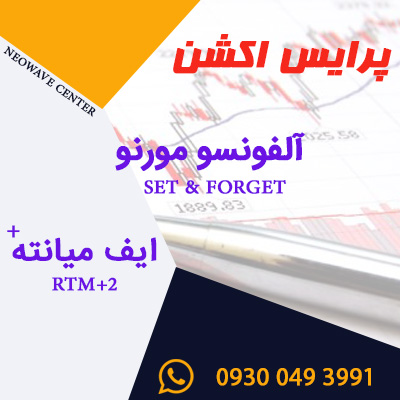Why do you sometimes trade contrary to your forecasts?
ANSWER:
This question has been posed by so many people over so many years that I thought it was time for an “official” answer.
To the neophyte, the world of trading is all about forecasting. They think, “If I could just forecast what�s going to happen, then I could make money.” In fact, the entire financial industry is founded on the assumption “you can�t make money unless you can accurately predict the future.” This is what I call the “Forecasting Paradigm” and is the foundation of nearly every product and service offered to the investing public.
Unfortunately, the “Forecasting Paradigm” is false. For example, do you have to predict the future to get there? Do you have to predict the direction of a river to make it to the ocean? Do you have to predict the direction of the wind to man a sailboat? Does a doctor “predict” you have a tumor or does he observe it on an x-ray and inform you of its existence?
Successful trading is about risk management, market observation and stop movement, NOT about forecasting. It depends on your ability to remove opinion and emotion from the process and learn to “go with the flow,” doing what the market tells you to do instead of you telling it what it should do.
The recommendations in my NEoWave Trading service are the result of a paradigm shift in my understanding of how markets operate and how to trade them. I�m sure long-term subscribers have noticed this shift over the years. The result of more than 20 years of studying markets, this is what my cutting-edge, NEELY RIVER trading technology is all about. NEELY RIVER Technology addresses and eliminates all the problems associated with trading failure, allowing you to “naturally evolve” into a successful investor. Furthermore, by eliminating the “Forecasting Paradigm” from the trading process, it allows you to dramatically reduce the time spent looking at markets and completely eliminates the time spent trying to predict them.
Realizing long ago the difference between trading and forecasting, I separated my NEoWave services into two, distinct products – the educationally oriented Chart service and the profit oriented Trading service. Some prefer making their own trading decisions (based on my NEoWave forecasts in the chart service), while others prefer taking advantage of my trading expertise to guide them through the process successfully.








آخرین دیدگاهها